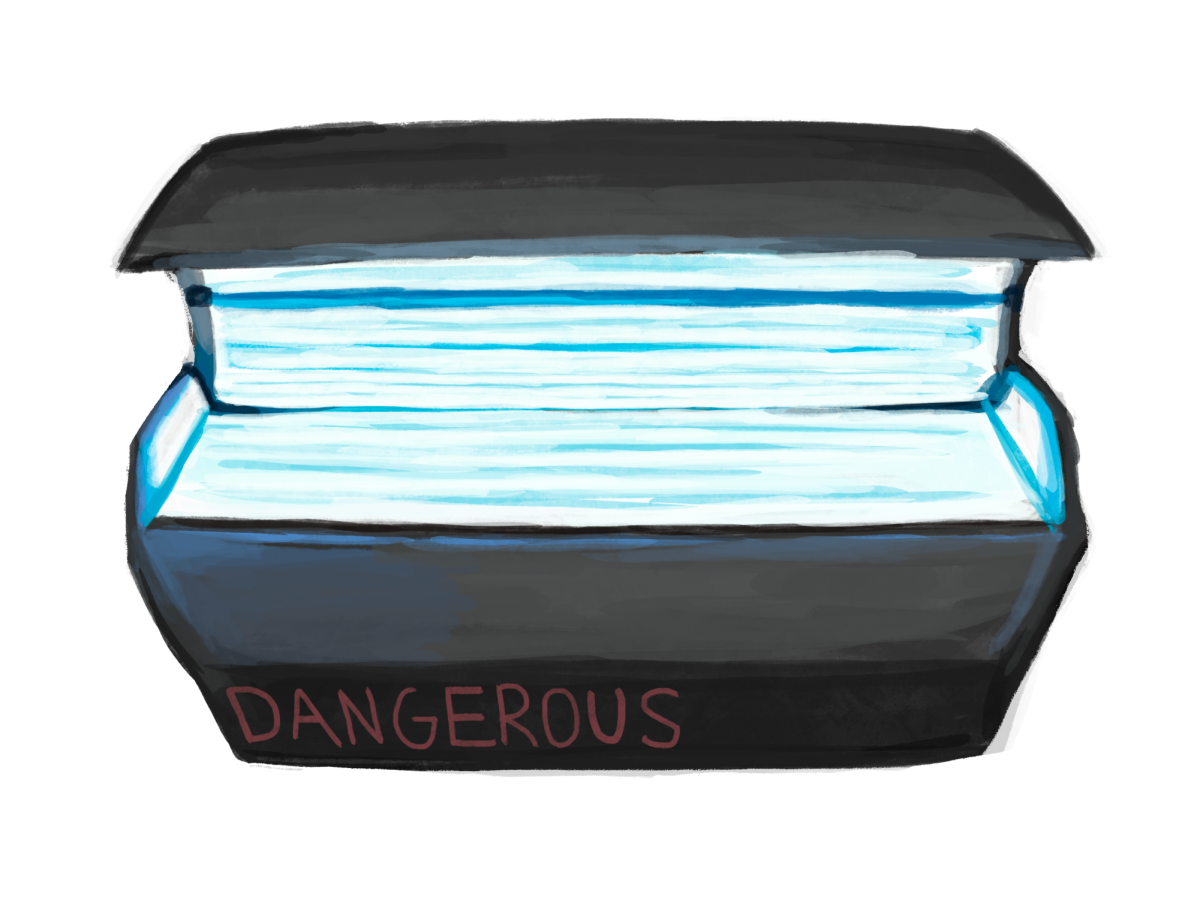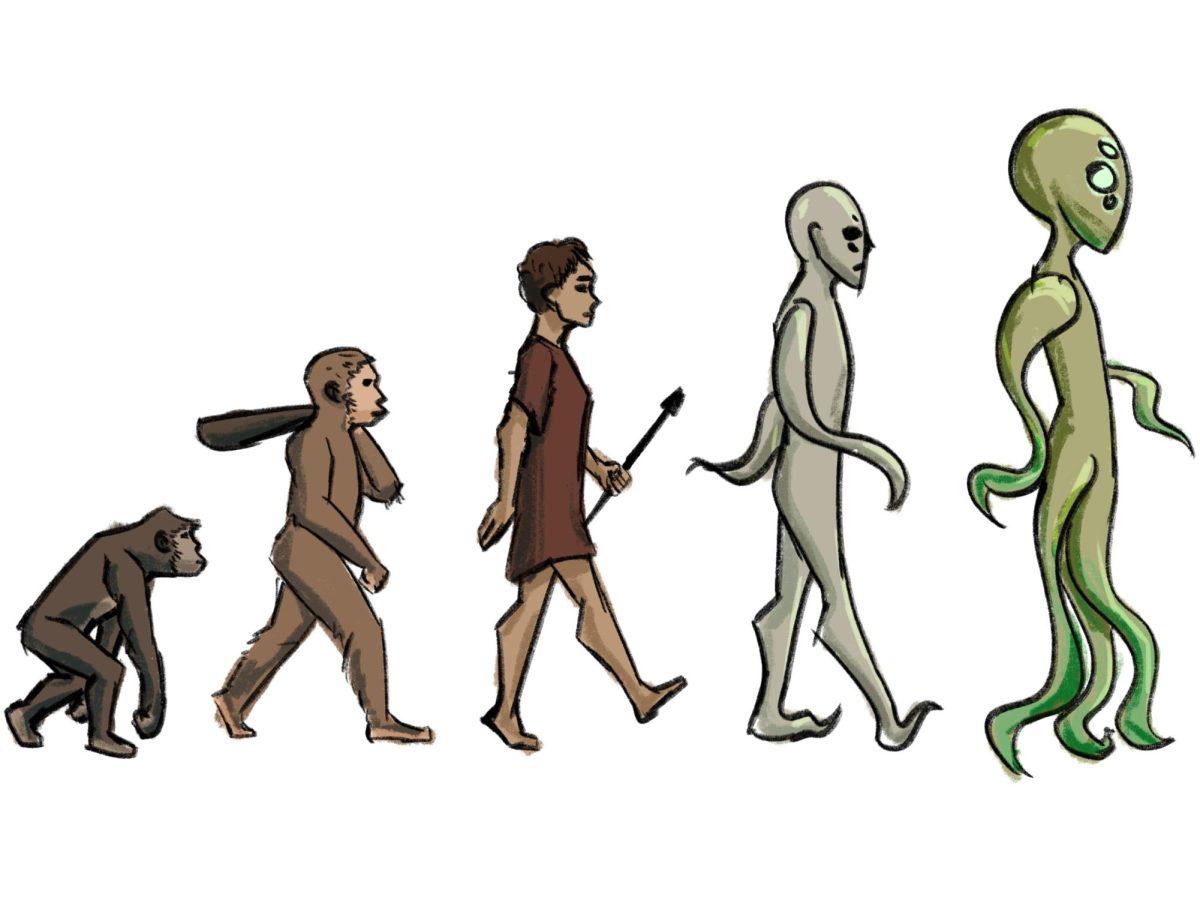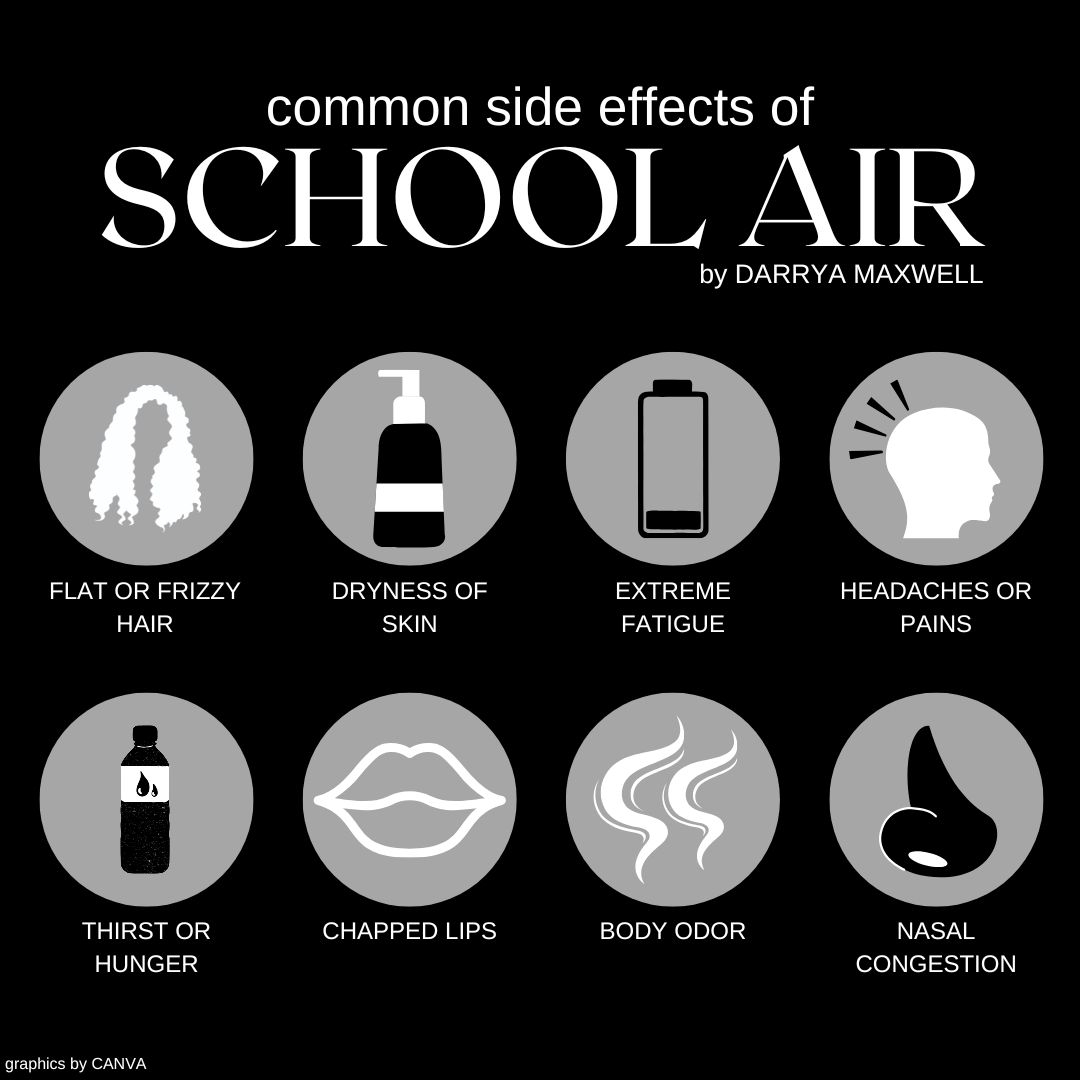Tan skin has become a popular beauty standard in our society, tracing back to the 1920s when having tan skin was considered a wealth indicator; it showed that you had time to sunbathe, and you weren’t stuck working in a factory all day. In particular, the fashion industry popularized tan skin, making it a trend when people like Coco Chanel promoted it as an aspect of having a luxurious lifestyle.
This trend has continued, as products for achieving the perfect tan were produced. The first tanning oil was created in 1928, by the designer Jean Patou. Next, a pharmacist by the name of Eugène Schueller created a tanning oil specifically to absorb ultraviolet rays, kickstarting his company which is now known as L’Oreal. Bikinis were introduced in the 40s, showing more skin to the sun, and in the 60s, beach culture thrived as leisure time became more popular after World War II. Then, the first tanning bed arrived in the US in 1978.
Tanning beds today consist of 10 to 15 lamps which artificially produce ultraviolet (UV) rays. These UV rays however, are not the same rays that you would feel from the sun; tanning beds produce both Ultraviolet A (UVA) and Ultraviolet B (UVB) rays. UVA rays are long-wavelength rays, known to be associated with skin-aging. UVB rays are short-wavelength rays, known for causing skin-burning.
Exposure to UVA and UVB rays severely damages the skin; drying it out, prematurely aging it, and greatly increasing the risk of skin cancer. They can also cause eye damage, such as cataracts. This is why all tanning salons are required to provide and enforce the use of eye protection, according to Minnesota legislation.
So why do people choose to continue using tanning beds when the consequences for the skin are irreversible? An anonymous Minnetonka student says that they “feel prettier with a tan, and tanning beds are an easy way to get one during Minnesota’s long winter.”
Another method to get an artificial tan is spray tan. $5 Tan is a chain company of tanning salons, which can be found right here in Minnetonka. Like many others, $5 Tan uses a formula of tanning lotion which contains a chemical called dihydroxyacetone (DHA). This product induces a chemical reaction with the top layer of the skin, causing the skin-cells themselves to darken. This is what causes the unpleasant ‘spray-tan’ smell.
This method does avoid exposure to UV rays, however it is not risk free. The chemical reaction caused by DHA allows the skin to darken by attacking cell-structures of the skin. This is known to cause DNA damage, which can lead to genetic mutations and cancer. Also it may increase aging and wrinkles, as well as susceptibility to the impacts of regular UV rays. This means that after having a spray tan, the impacts of regular sunbathing are much greater, causing even more harm to the skin.
Scientists have concluded that concentrations of DHA that are 10% or under will not cause harm to users, although this is not the case if DHA is consumed or inhaled. This is why the U.S Food and Drug Administration has not approved the use of DHA for artificial tanning.
Awareness of the impacts of fake tan products is absolutely necessary in order to take care of your skin. Considering which chemicals are used or how much UV exposure you are under is extremely important because the effects can be detrimental. When following beauty trends it is important to prioritize your health, choosing the products that can achieve both things.



































